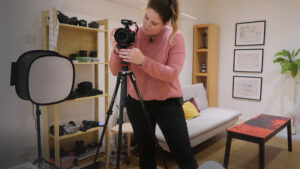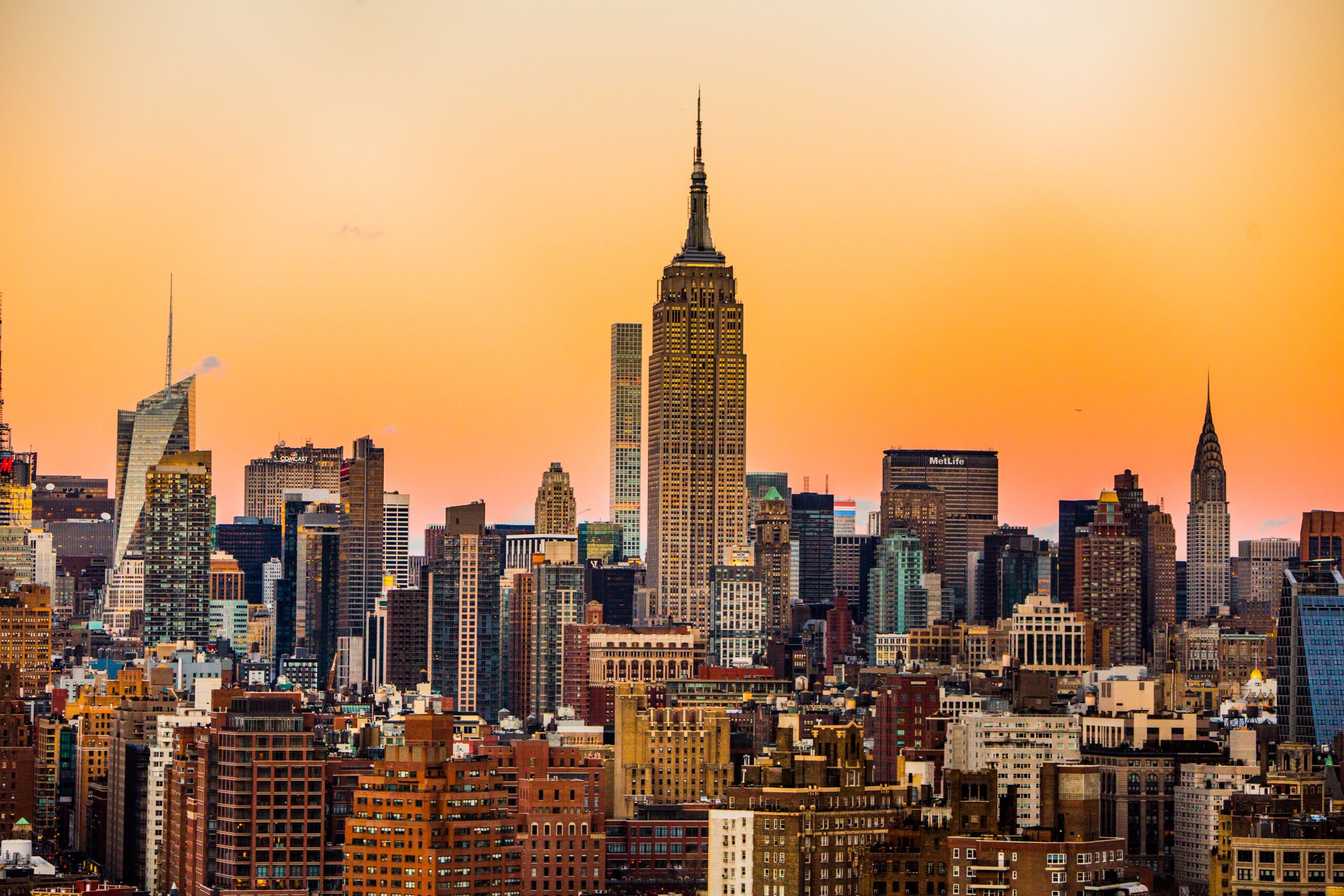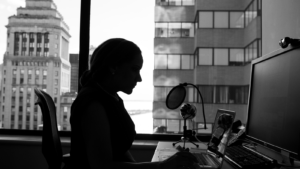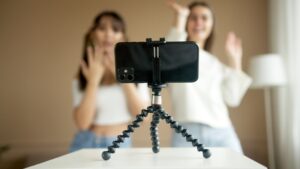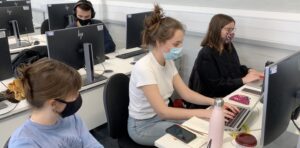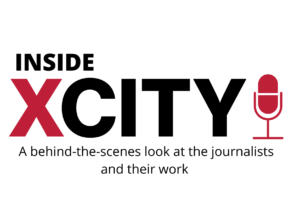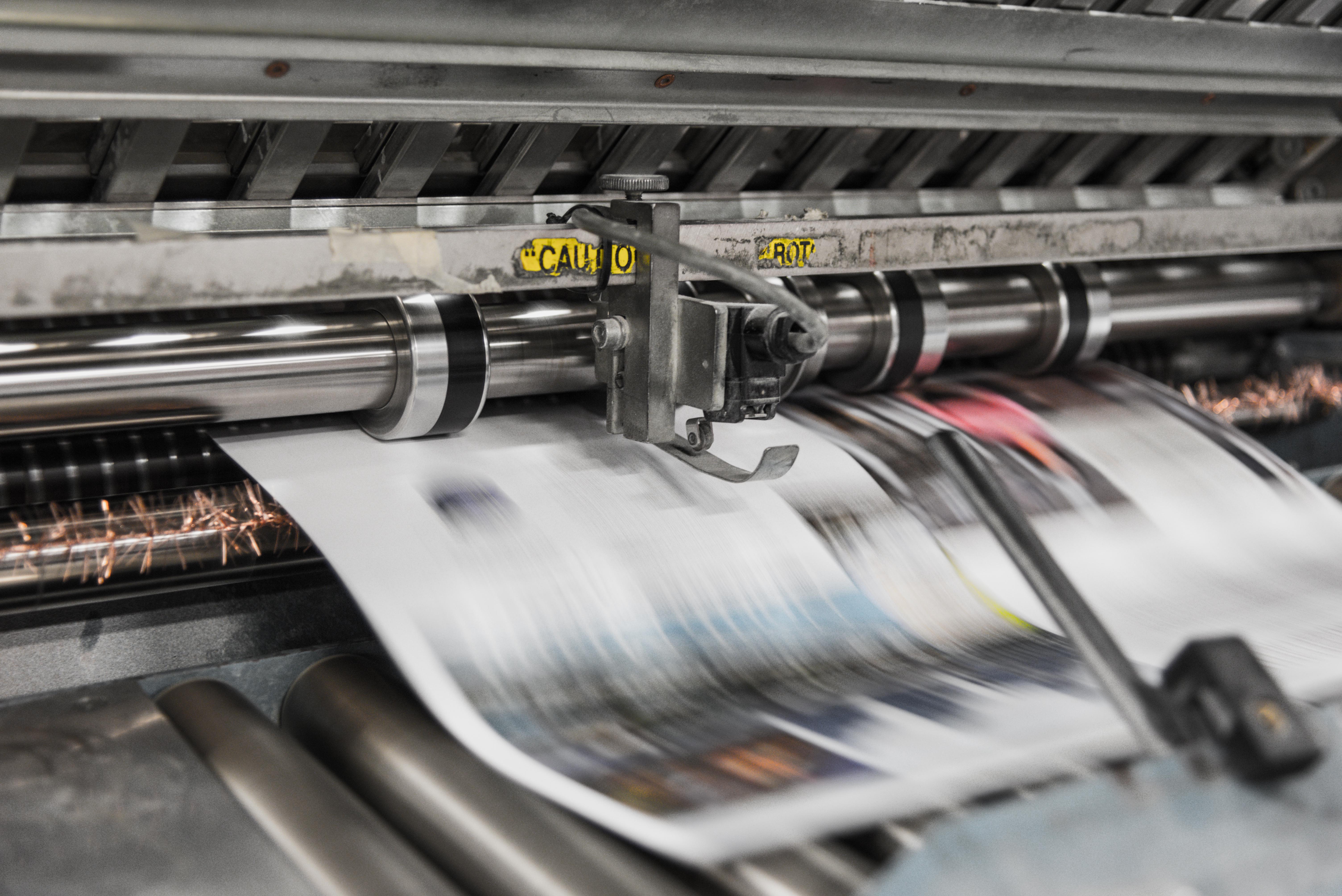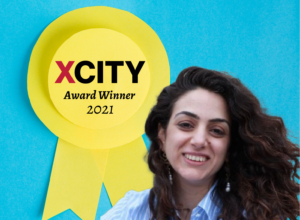
Image: Unsplash
Chiara Wilkinson explores the digital age of art criticism.
On a crinkled billboard outside of Stepney Green underground station in east London, a row of posters outline The White Pube’s manifesto for a future art world. It was one of many manifestos that popped up across London, Liverpool, and Instagram in early 2021, as part of a public campaign to confront various inequalities in the global art ecosystem. Each poster suggested a possible solution, from fixing industry pay to removing racist paintings in the Tate.
Launched in 2015 by two Central Saint Martins students, Zarina Muhammad and Gabrielle de la Puente, The White Pube is an online art writing platform with over 130,500 monthly visitors. Along with the website Hyperallergic and Instagram account Freeze Magazine, it is part of a generation of digital media platforms that are breathing fresh air into visual art criticism. And in 2020 – a year when major art institutions were faced with a storm of public scrutiny – their voices were louder than ever.
View this post on Instagram

Hyperallergic is an online art magazine based in Brooklyn, New York, with over 1 million monthly visitors. Hrag Vartanian, editor-in-chief and co-founder, documented the chaos as the art world unravelled. “I think during the last year, it’s been very clear to people that these art institutions have been talking the talk,” he says.
Hyperallergic was founded in 2009 to address a feeling of disconnect between traditional newspaper art criticism and the “art public”. “By that, I mean a public of people who are interested in art, but are not educated in art,” Vartanian says.
Taking a playful approach to art criticism – similar to The White Pube’s ‘millennial’ style, crammed with text-speak, emojis, and pop culture references – it is a stark contrast to the sea of ‘isms’ that you will likely be confronted with in the culture supplements of national newspapers. “By making Hyperallergic ‘digital native’, it was understanding that criticism is many things, and has many faces and many tools to engage,” Vartanian says.
View this post on Instagram
The use of emojis, memes, and other forms of digital currency as serious tools of critique has opened up art writing to a wider, younger audience outside of the art world’s rarefied sphere. “I think the art world often hates memes,” Vartanian says, who has been writing about memes as early as 2011. “And when I say the art world, I mean the commercial gallery world, because they think they are too good for them.”
View this post on Instagram
For Vartanian, memes are the “gateway drug” of art criticism. “People who are normally hesitant to discuss art find them very pleasurable and accessible,” he says. “The really good ones function on different levels, just like artworks.” In the aftermath of the storming of the Capitol, Hyperallergic posted a viral meme of a Trump supporter looting a podium from the Capitol building. It sparked a conversation about decolonising the collections of Western museums.
View this post on Instagram
The meme was originally made by Freeze Magazine, an Instagram account launched in August 2019 with over 62,000 followers. The face behind the account is completely anonymous and spends over eight hours of screen time on the page per day. “Newspaper art criticism does what it is meant to do,” Freeze says. “In addition to that, I think there is no reason to say that we shouldn’t have more phone-friendly criticism.”
View this post on Instagram
For Freeze, the events of the past year have caused them to rethink some of their content. “I think that there are a few memes that I wouldn’t make now,” they say. “I’m trying not to refer so much to white male artists that are in abundance, and I’m trying to use more female artist references and references from the Global South.”
View this post on Instagram
While the pandemic has forced the art world to embrace the digital – with major auction houses holding their first online auctions in May last year and Christie’s selling its first ever NFT digital artwork for a record $69.3m in March – Vartanian thinks that the next challenge is going to be understanding media literacy. “Things like memes really just demonstrate that the channels of information dissemination are changing,” he says. “If you’re waiting for your art magazine and what’s on the cover of it to tell you what’s interesting, you’re going to be sorely mistaken. That’s so old by the time it gets to your door.”
View this post on Instagram
But how can the new age of digital criticism contribute to a more sustainable art world as it emerges from the events of the past year? “We have to learn to pay for things,” Vartanian says. He suggests that active support can take the form of financial contributions or by reposting content online. “It’s amazing that there is so much free content, but it’s not really free. What you put on social media is a way of support too.”
Looking ahead, the conversation about how to build a better post-lockdown art world is one of many voices. Just as institutions have acknowledged public calls, unions from the gallery and heritage sector fear intervention from the UK government in an ongoing culture war of representation.
But collaboration has been constructive, too. The Gallery Climate Coalition launched in October 2020, and brought together over 350 art organisations to work towards reducing the industry’s carbon footprint by 50 per cent by 2030. The Tate has introduced a roadmap for diversifying recruitment and established their Race Equality Taskforce to shape positive practice in the sector. It will take time to see if changes come to fruition, but with digital media providing a visible platform to hold the art world accountable, there is less space to hide.



